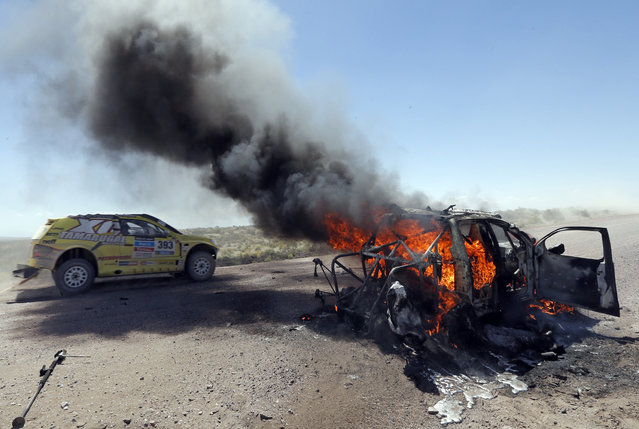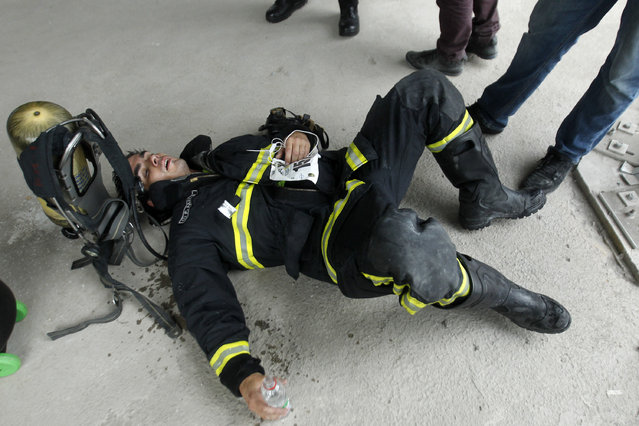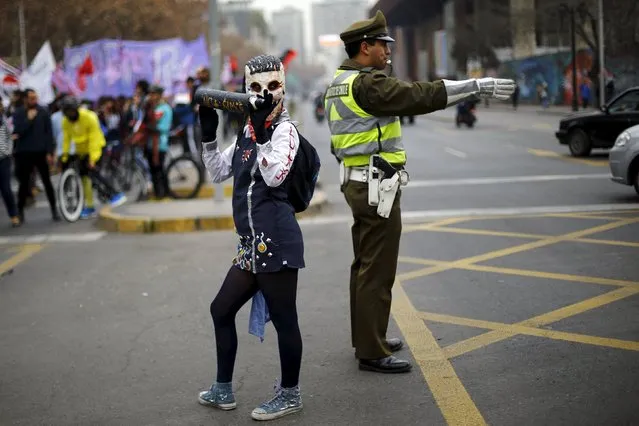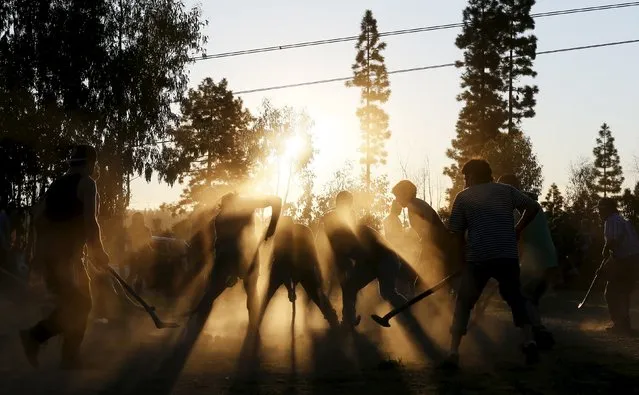
(L–R) Unknown, Alan Jones, Chrissie Hynde, Vivienne Westwood and punk fashion icon Jordan at Kings Road fashion shop «Sеx» run by Westwood and Malcolm McLaren in London, United Kingdom, 1976. (Photo by David Dagley/Rex Features/Shutterstock)
04 Apr 2021 08:37:00,post received
0 comments







